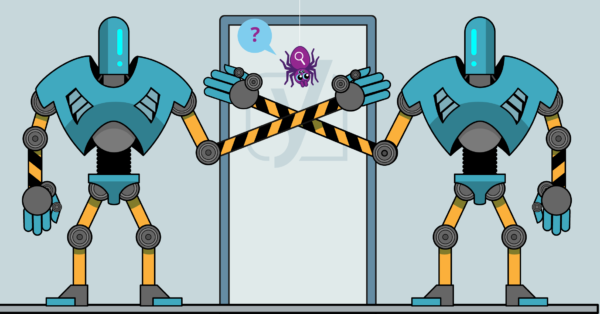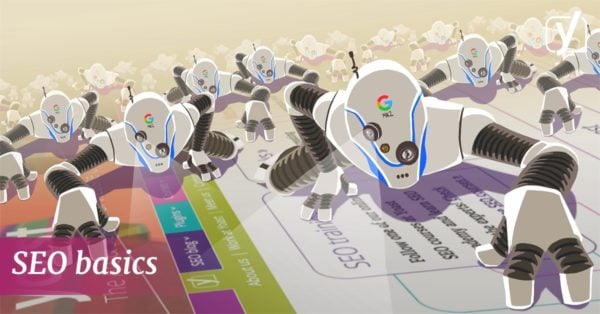25 February 2019
|
Michiel Heijmans
If you want to keep your page out of the search results, there are a number of things you can do. Most options aren’t hard and you can implement these without a ton of technical knowledge. If you can check a box, your content management system will probably have an option for that. Or allows …
Read: "How to keep your page out of the search results"

11 April 2018
|
Michiel Heijmans
Crawl errors occur when a search engine tries to reach a page on your website but fails. Let’s shed some more light on crawling first. Crawling is the process where a search engine tries to visit every page of your website via a bot. A search engine bot finds a link to your website and starts to find …
Read: "What are crawl errors?"








